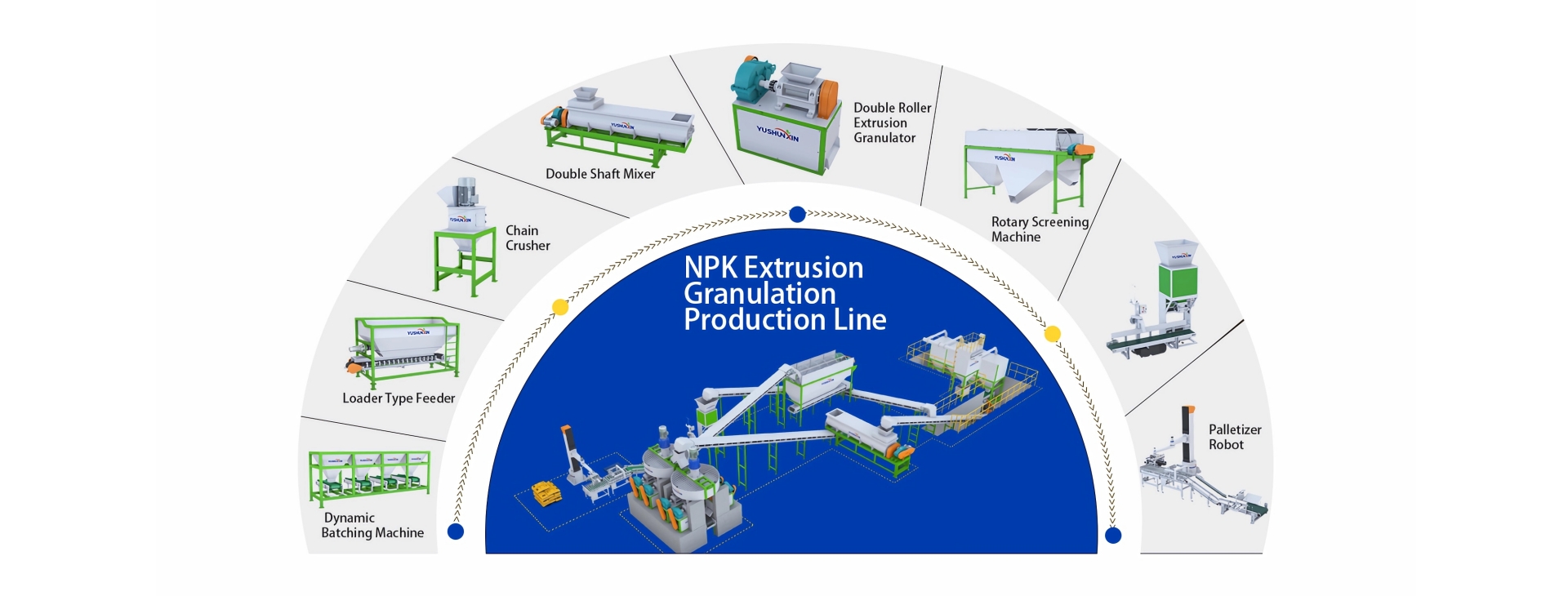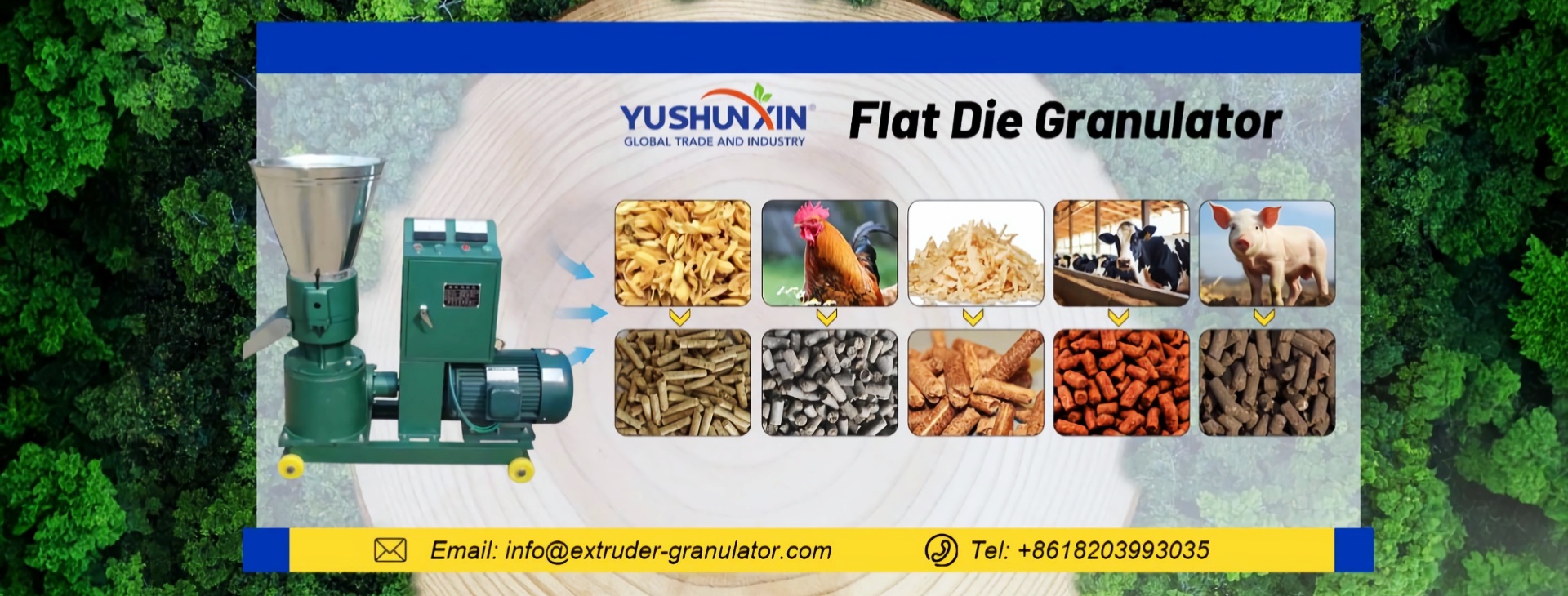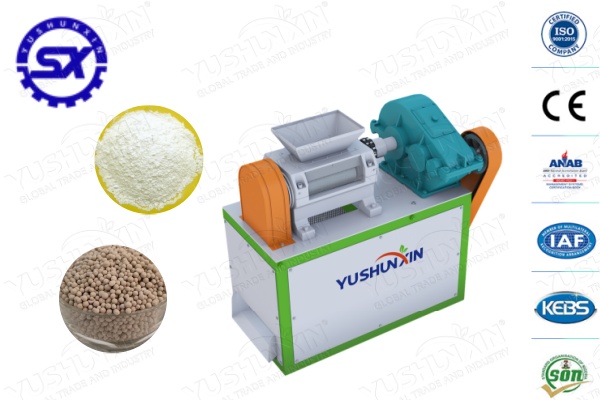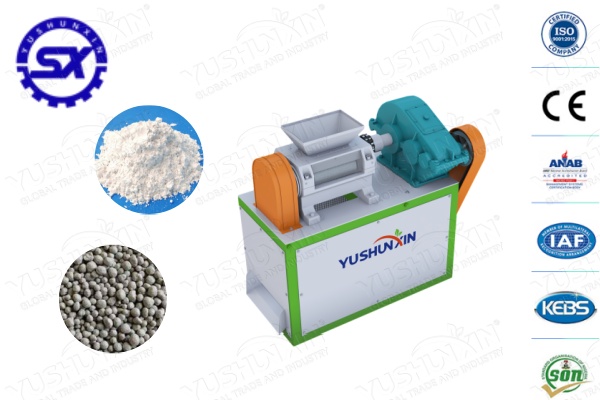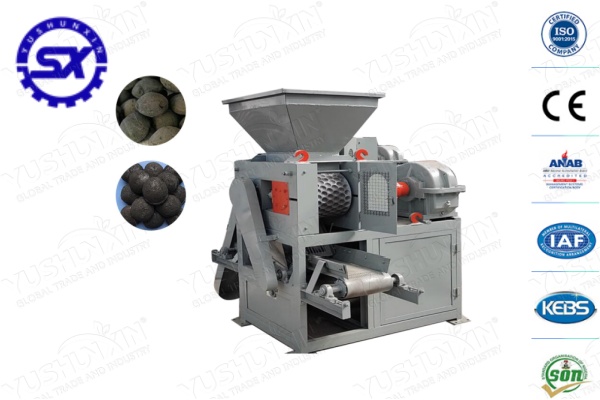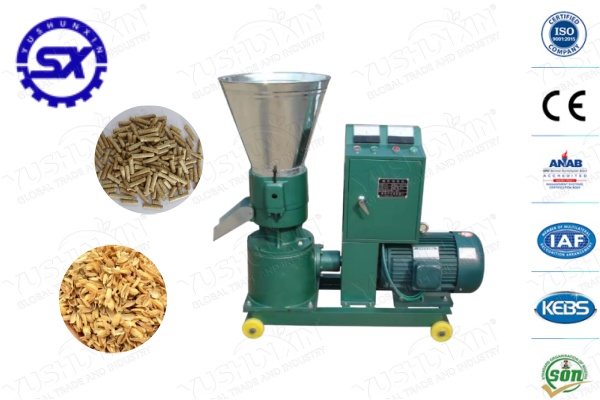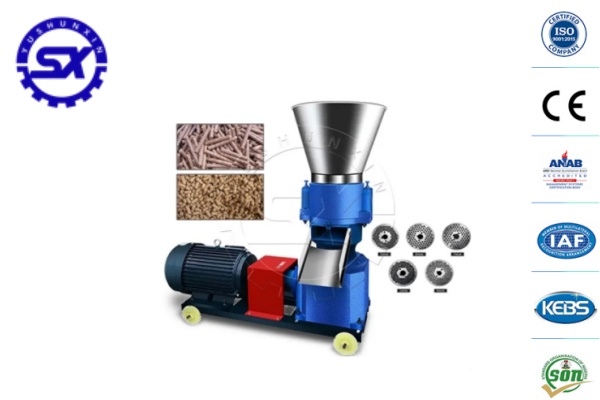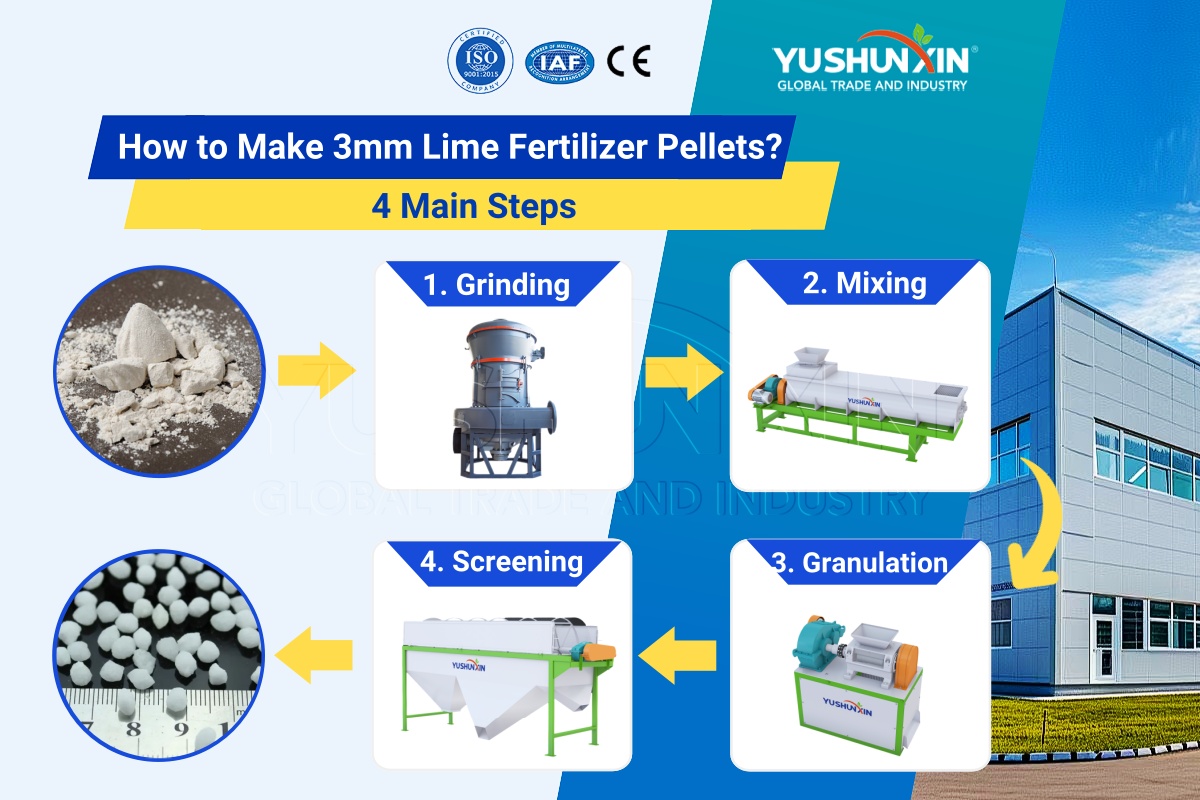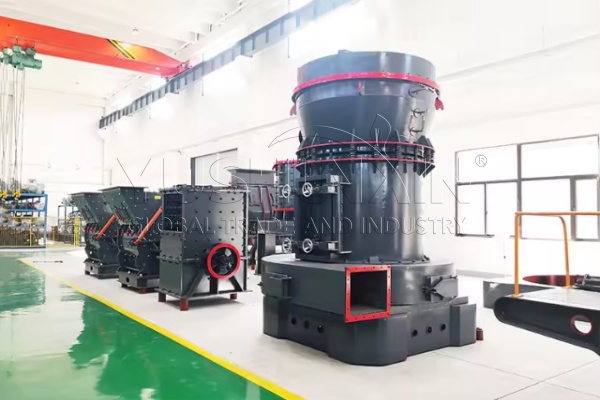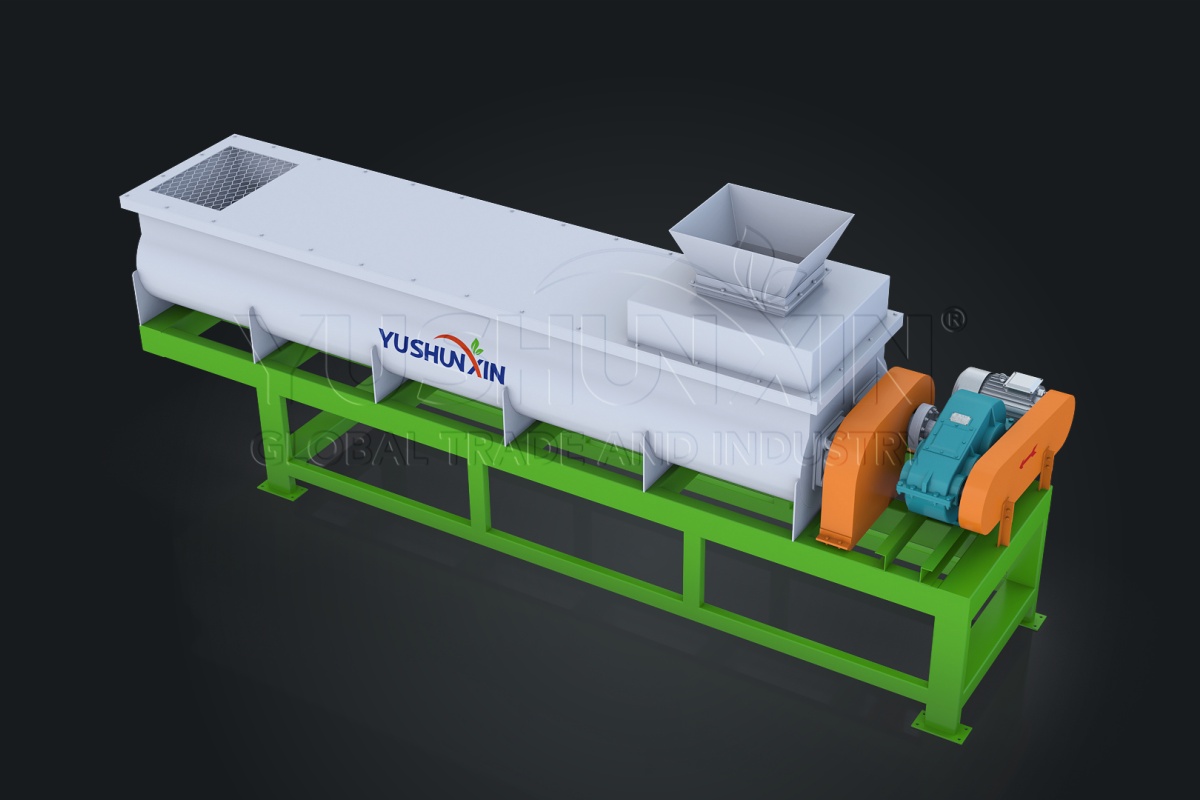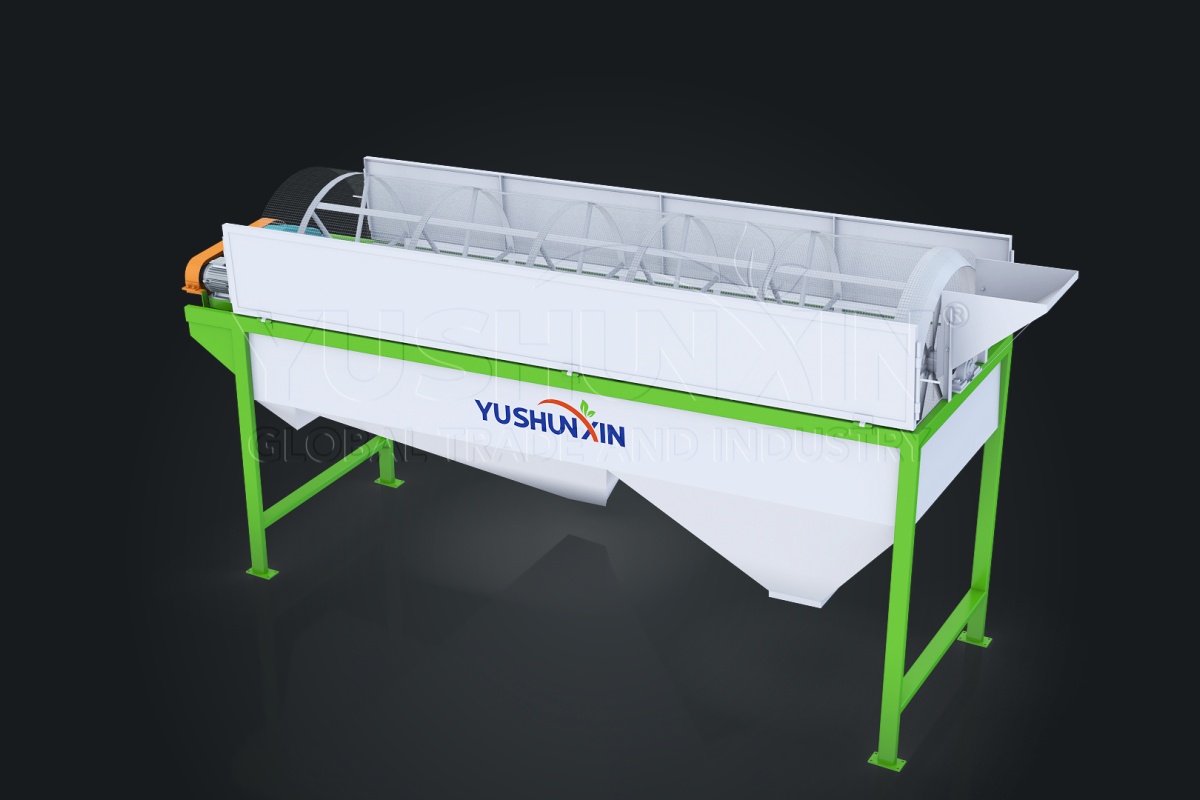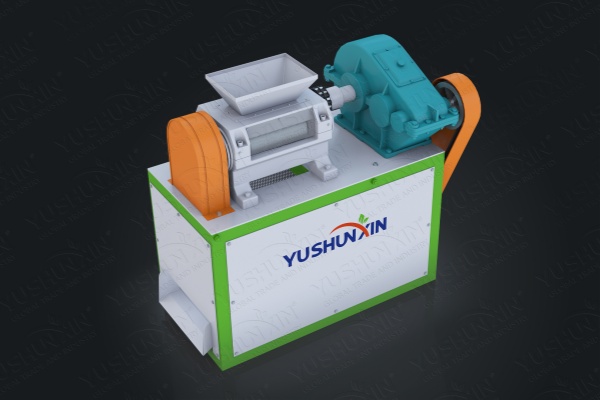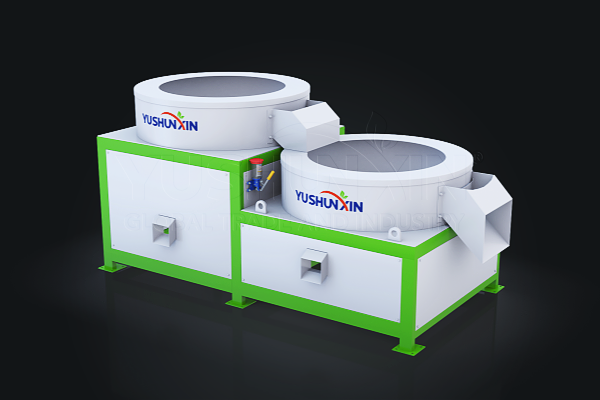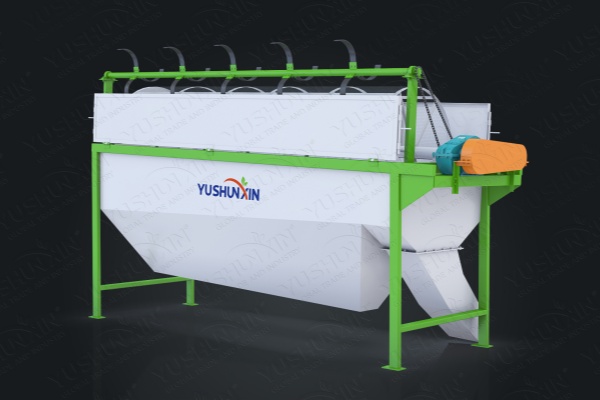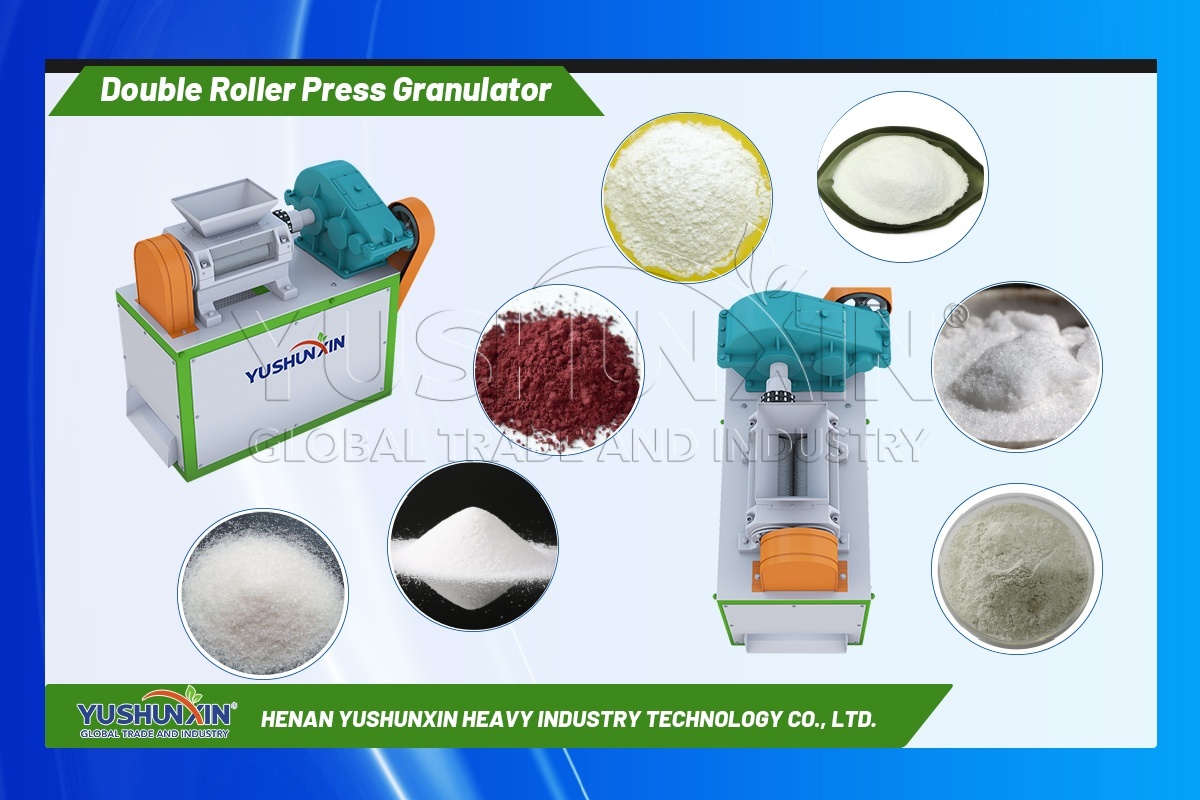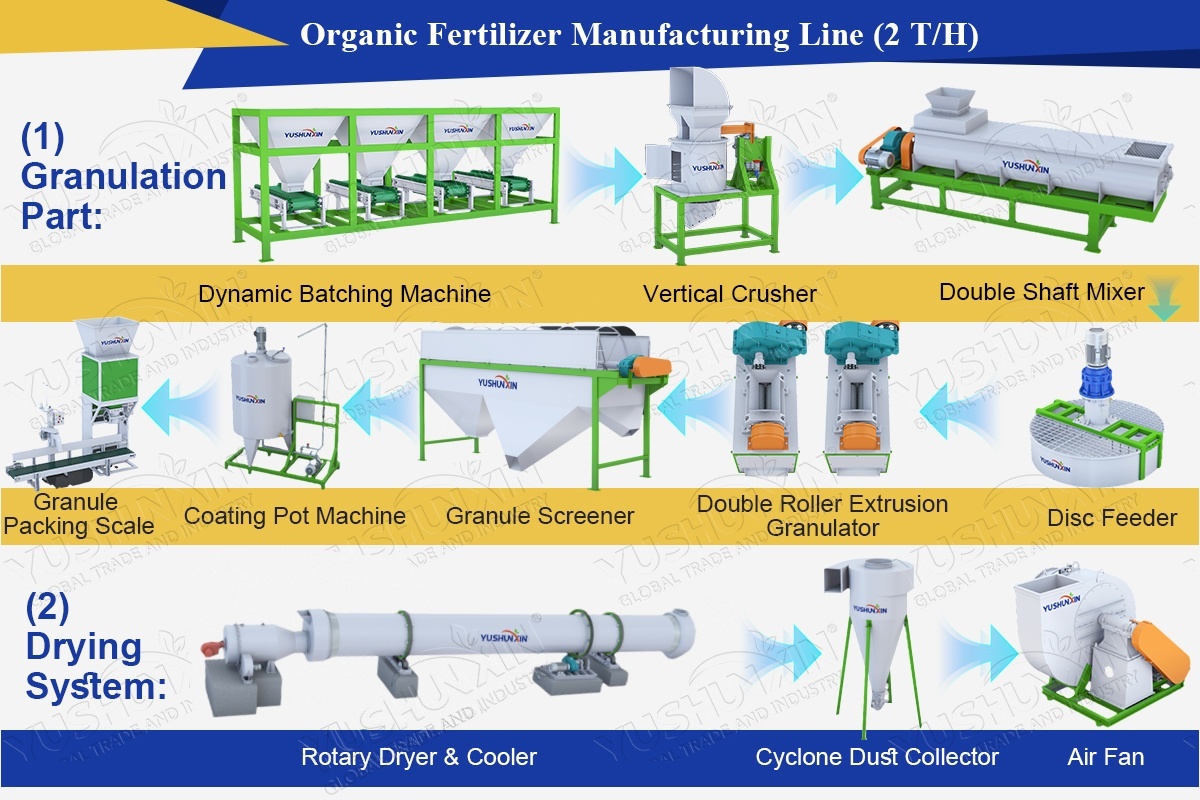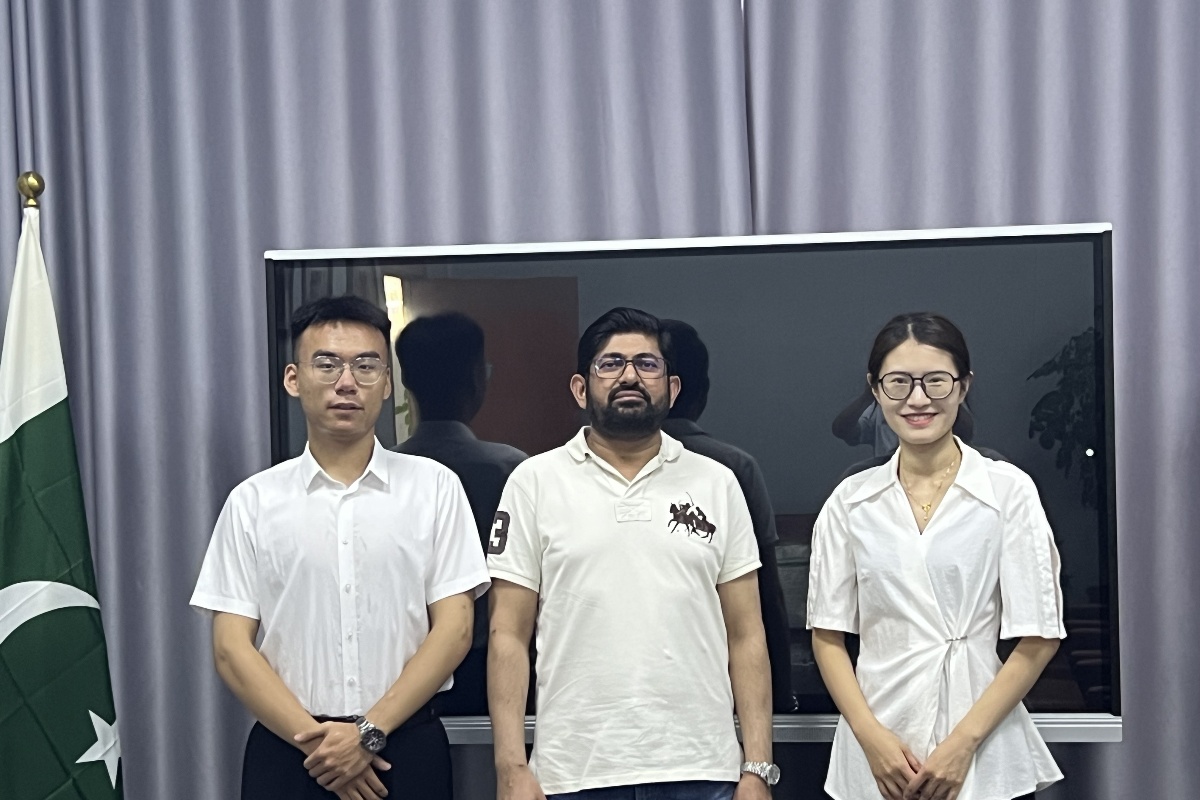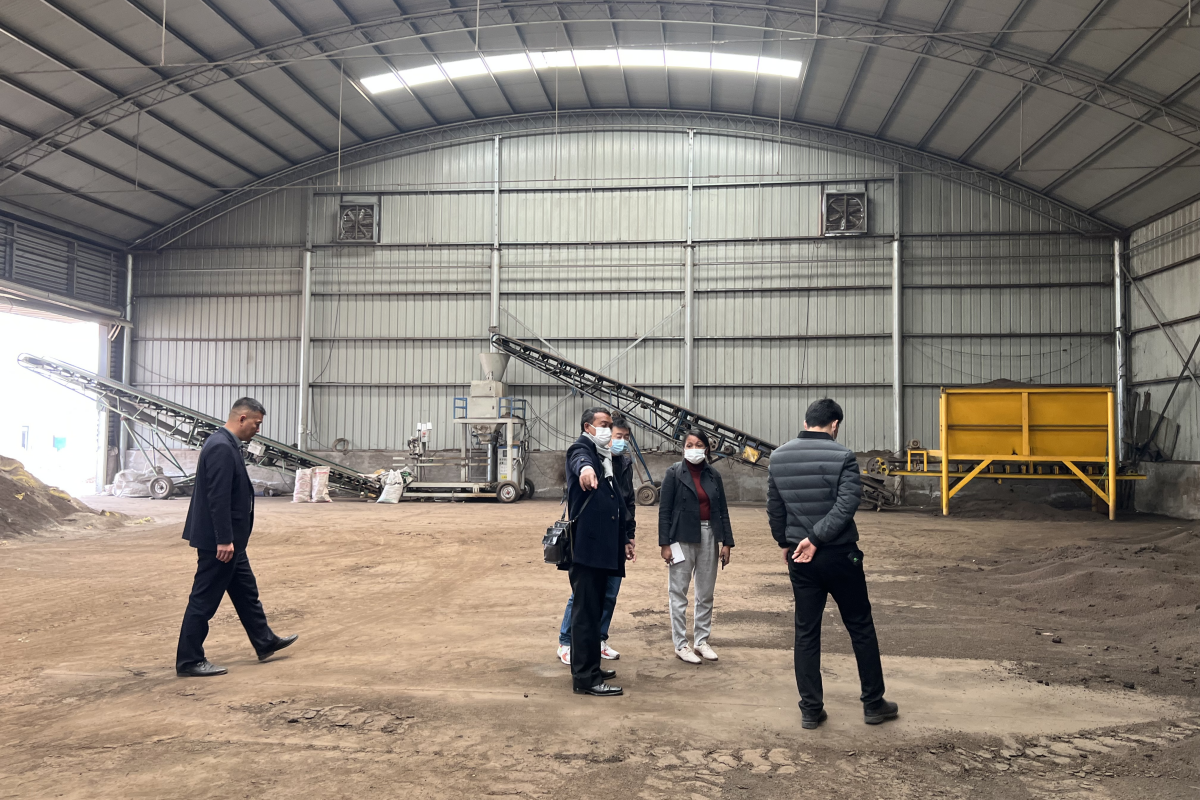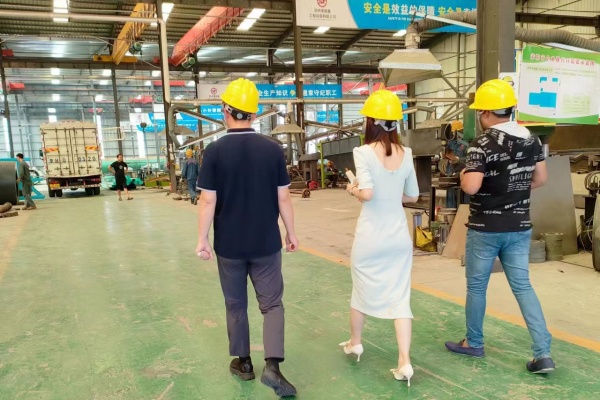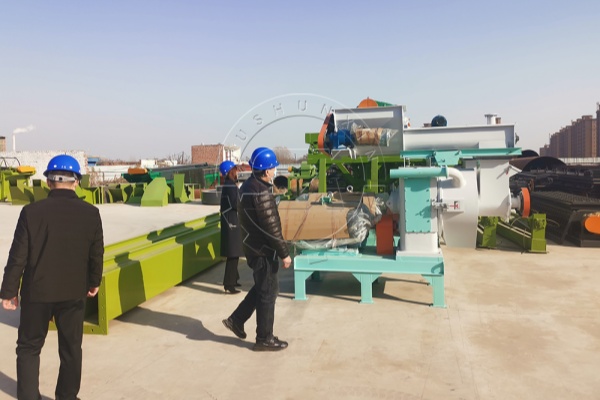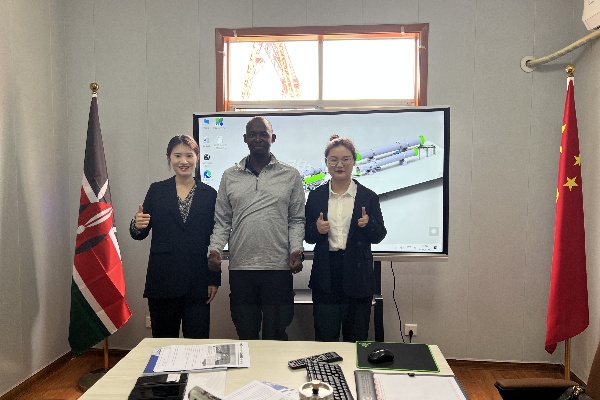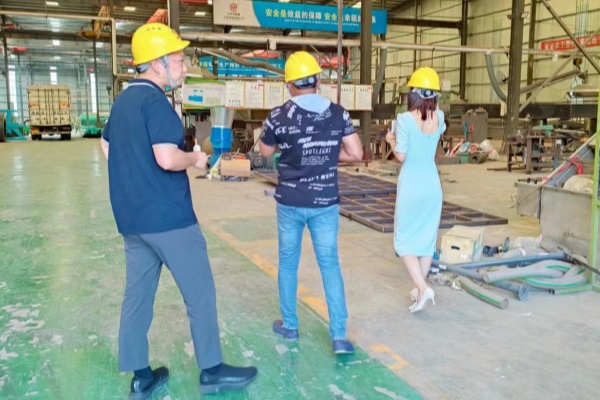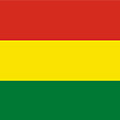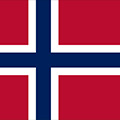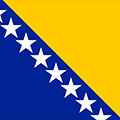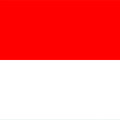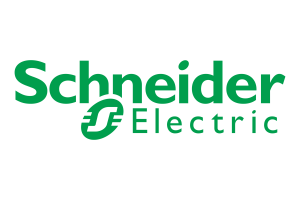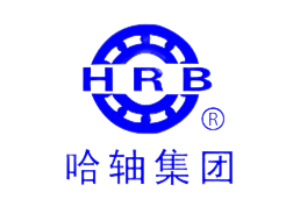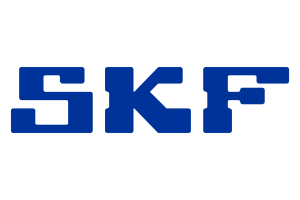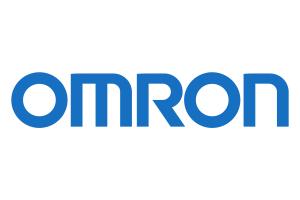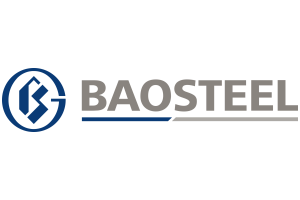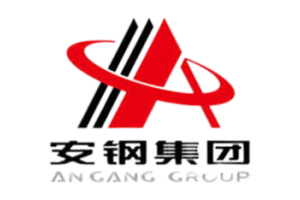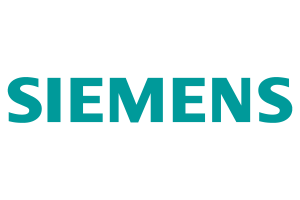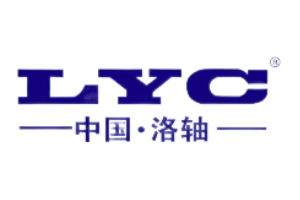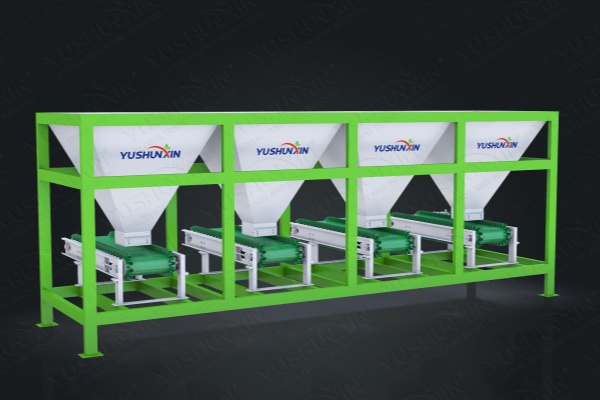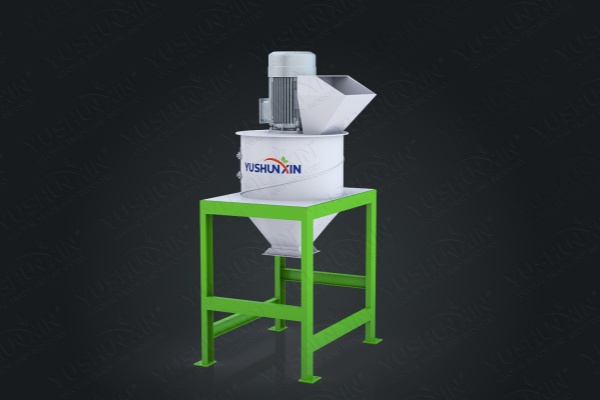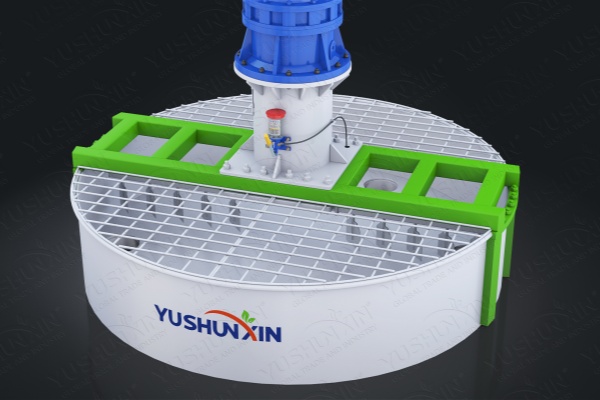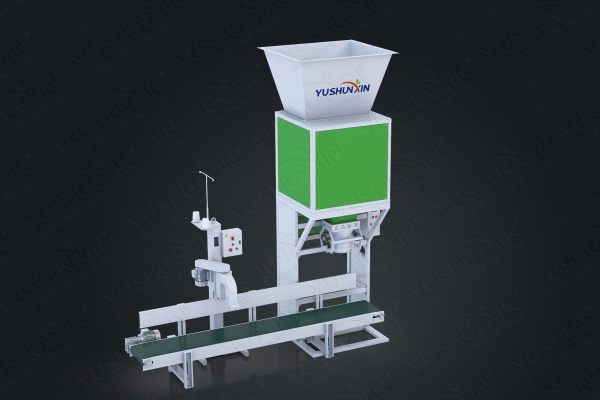hot
sale
best
plan
Frequently asked questions.
If you have a question that you can’t find the answer, please contact us!
Phosphate Fertilizer Granulation Equipment In Egyptian Factory
4 Main Steps to Transform Lime Powder into 3mm Fertilizer Pellets
To produce 3mm mineral fertilizer particles from limestone powder, you must follow several crucial steps using the right equipment.
Therefore, selecting the right machinery is essential for producing high-quality lime fertilizer pellets.
What Auxiliary Equipment Are Necessary for Lime Powder Granulation?
Phosphate Fertilizer Granulation Equipment In Egyptian Factory
How Can A Dry Extrusion Granulator Reduce Organic Fertilizer Granule Production Cost?
irstly, using a double roller press granulator is one of the most economical ways to produce organic fertilizer granules. This pelletizer utilizes dry granulation. Also, it forms organic fertilizer pellets through mechanical extrusion without the need for water or binders. Thus, this machine greatly reduces equipment investment, such as dryers, coolers, and dust removal systems.
How to Achieve Beautiful Round Appearance of Organic Fertilizer Granules?
The shape of organic fertilizer particles produced by a dry granulator may not achieve perfect roundness. To make the granular organic fertilizers look more attractive, you can purchase a polishing machine. No matter what irregular shape the initial fertilizer granules are, the machine can roll them into smooth and spherical balls in one process, with a high ball forming rate and no return material. Then, this process improves granule quality and increases their market appeal.
Why Use A Screening Machine for Low Budget Organic Fertilizer Production Plan?
Besides, you choose to purchase a rotary screening machine to ensure uniform organic fertilizer granule size. Because consistent granule size can improve the quality of your organic fertilizer product. Its strong sorting capability eliminates oversized or undersized granules, allowing direct packaging of high-quality fertilizer.
How Do Different Raw Materials Affect Roller Die Lifespan?
There are several factors influencing the lifespan of roller shells of dry roller press granulator, including the type of raw materials during the extrusion granulation process. Moreover, roller molds are essential components, directly impacting the efficiency and longevity of the entire extruder granulation equipment. Here is an analysis of common raw materials and their impact on roller die longevity.

≤1500 Tons of Common NPK Powder Dry Granulation
In fact, if you use common NPK materials or certain mineral powders, it won’t cause more wear and tear on the rollers. Typically, under standard conditions, double roller fertilizer granulator can last up to 1500 tons of NPK granular fertilizer production. For example, urea, ammonium sulfate, ammonium chloride, calcium carbonate, limestone, zeolite, bentonite and other similar powder or lumps. Moreover, when extruding NPK fertilizer powder directly for granulation, you needn’t to add other auxiliary materials. However, if you make compound fertilizer granules from finer mineral powder, the extrusion pressure between the two rollers alone is not enough forming. Also, you can add 20% water appropriately for better granulation effect.

≤800 Tons of Corrosive Materials Roller Press Granulating
In general, some compound fertilizer materials are slightly acidic. When the rollers press these materials, the temperature will rise up. Therefore, through certain physical and chemical reactions, these raw materials can corrode the roll coating and ball socket shape over a long period of time. Honestly, this extruder pelletizer can produce approximately 800 tons of fertilizer granules from corrosive substance. For instance, you can use ammonium chloride, potassium nitrate, calcium chloride, calcium nitrate, manganous sulfate, monoammonium phosphate, etc. to make fertilizer pellets. What’s more, regular cleaning and maintenance can extend the service life of the roll dies.

≤500 Tons of Organic Fertilizer Granule Compact Production
Indeed, organic fertilizer granulation raw materials include chicken manure, pig manure, kitchen waste, sawdust, bean dregs, biogas residues, mushroom residues and so on. At the beginning, you should handle these materials by compost machines for fermentation and decomposition. After organic fertilizer composting, these materials contain 30-35% moisture content. And you’d better age to reduce water for a few days before granulation. Because organic compost has high moisture and strong stickiness, it is easy to clog and damage the roll molds. As a result, double roller compaction pelletizer has a maximum lifespan of processing 500 tons of organic waste.
How to Extend The Service Life of Fertilizer Roller Granulator Machine?
Proper maintenance can significantly extend the service life of roller granulating machine. Firstly, regular cleaning is crucial. And you remove residues, especially when processing corrosive materials. Secondly, proper lubrication reduces friction and prevents the machine parts from wearing out prematurely. In addition, operators should avoid overloading the granulator, as excessive load can accelerate wear. Lastly, you should frequently inspect the roller skins for wear and tear. Then, you can replace worn-out parts promptly to prevent further damage.
Firm
Intro
TRUE
Cases
Our Global Footprint
Yushunxin Machinery have been exported to 100+ countries and regions, for example, United States, UK, Spain, Australia, Russia, South Africa, India, Malaysia, Nigeria, Pakistan, Thailand, etc. , which are widely trusted by customers.
-
North America
Country: United States
Project: Bentonite Pellet Making Equipment
Capacity: 5 Million Tons Per Year -
South America
Country: Bolivia
Project: Phosphorus Rock Granulation Plan
Capacity: 2-4 Tons Per Hour -
Europe
Country: Norway
Project: Biochar Dry Granule Production Line
Capacity: 1.5 Tons Per HourCountry: Bosnia And Herzegovina
Project: Coal Dust Granulation Plan
Capacity: 500 kg-1 Tons Per Hour -
Africa
Country: Kenya
Project: Compound Fertilizer Production Line
Capacity: 1-2 Tons Per HourCountry: South Africa
Project: Compound Fertilizer Granulation Production Line
Capacity: 2 Tons Per Hour -
Asia
Country: Malaysia
Project: NPK Granule Fertilizer Manufacturing Line
Capacity: 220 Tons Per DayCountry: India
Project: Briquette Compaction Granulation Production Equipment
Capacity: 1 Tons Per HourCountry: Indonesia
Project: Organic Fertilizer Granular Production Line
Capacity: 1 Tons Per HourCountry: Thailand
Project: Rock Powder Granulation Production Proposal
Capacity: 2 Tons Per HourCountry: Pakistan
Project: NPK Fertilizer Dry Granulation Line
Capacity: 2 Tons Per Hour




